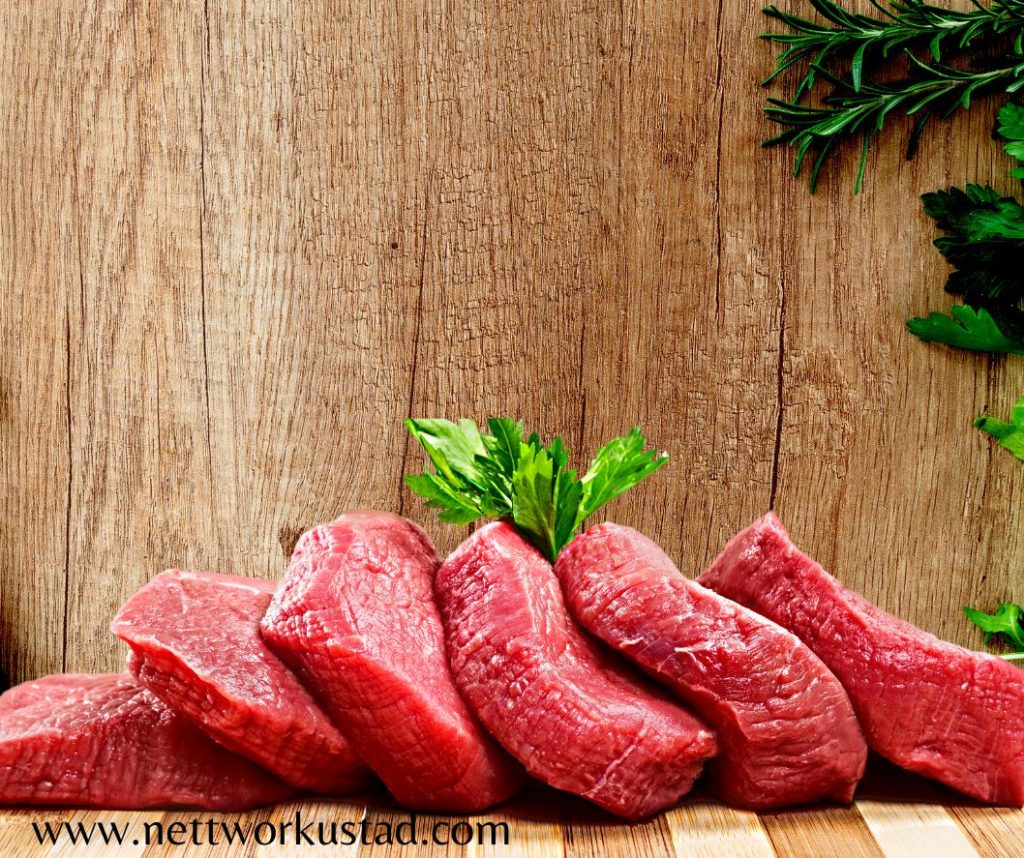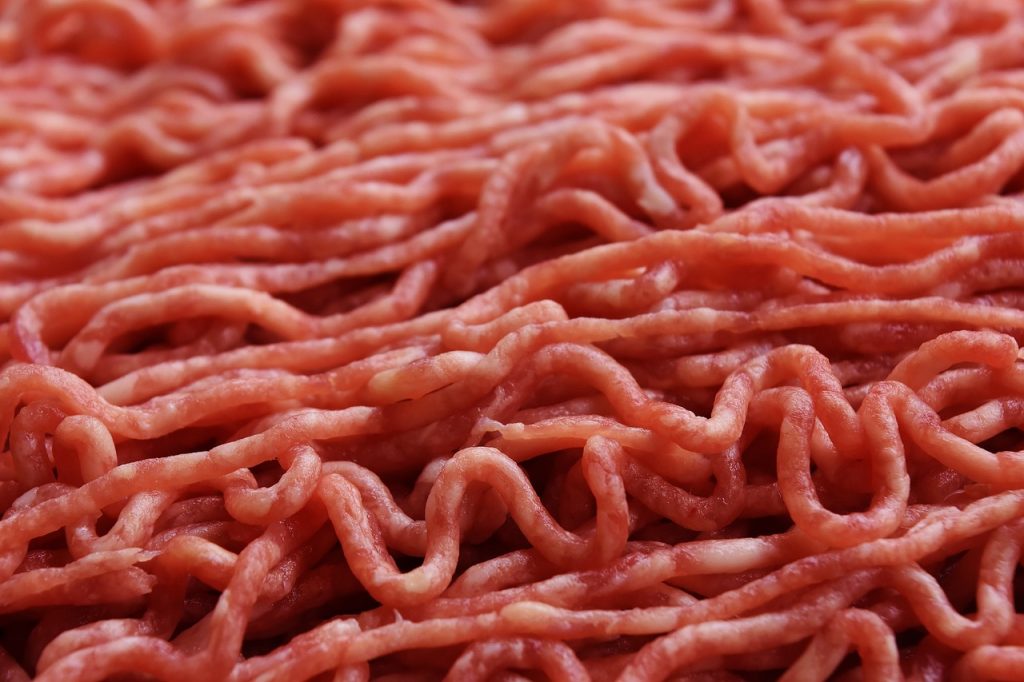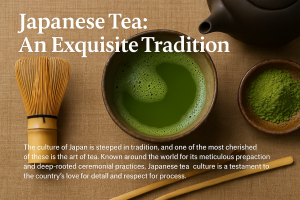Monosodium glutamate (e621) is a flavor enhancer in the food industry. Glutarom is a synonym for it. Flavor enhancers are non-tasting compounds with synergistic properties with other flavorings, increasing or intensifying their flavoring power. Flavor enhancers have what is known as an umami flavor, distinct from the more common sweet, salty, bitter, and sour notes. Umami is a unique taste that cannot be reduced to any of the five traditional basic tastes. The most popular flavor enhancer is monosodium glutamate.
Where can I get some of this e621, and how do I get it?
Free and bound monosodium glutamate (MSG) can be found all over the natural world. Glutamate accounts for 20% of the total protein mass in the human body. It circulates freely in the body’s blood, liver, kidneys, brain, and skeletal muscles. Some foods, such as milk, eggs, meat, peas, corn, spinach, tomatoes, etc., always contain monosodium glutamate.
There are two types of monosodium glutamate:
dehydrated, having the approximate molecular formula C5 H8 NNaO4 and mass number M=169.12; molecular mass M = 187,13 and a crude formula of C5H8NNaO4. H2O
Semi-synthesis, chemical synthesis, and biosynthesis are the routes to obtaining industrial.
Semi-synthetic procedures involve reacting glutamic acid from an aqueous solution with sodium hydroxide, filtering, concentrating under vacuum, cooling, and recrystallizing to obtain pure sodium glutamate. [ii]
Wheat gluten, defatted soya flakes, Kombu seaweed, and residues from beetroot sugar manufacture were some of the raw materials used in the steady development of the industrial production of MSG via acid hydrolysis of proteins until 1965.
Raw materials are heated in hydrochloric acid, and the reaction mass is concentrated under a vacuum until glutamic acid hydrochloride precipitates. Adding sodium hydroxide or ammonia, letting the mixture dissolve in hot water, filtering it, and then precipitating the substance will bring it to the isoelectric point (pH = 3). The acid in water is neutralized with sodium hydroxide, decoloured with charcoal, and concentrated to produce monosodium salt.
Alkaline or enzymatic media are also suitable for protein hydrolysis. These days, MSG is made through a fermentation process involving the bacteria Micrococcus glutamicus. Molasses or starch hydrolysates serve as the raw materials, with ammonium and urea salts providing nitrogen and biotin for bacterial cell growth in the culture medium. Fermentation causes a decrease in pH, which is balanced by adding ammonia gas. Around 60% is the approximate yield of this method. After fermentation, glutamic acid is precipitated at the isoelectric point through acidification and then converted to monosodium salt, as described above.
What kinds of foods have the additive e621 in them?
The following items contain sodium mono glutamate (e621):
- Pate;Mezeluri;semi-prepared;
- Juices
- Cold meals
- Envelope suckage; Mezeluri.
- Sauces of varying types
- Products made with milk
- Frozen vegetables, seaweed, nuts, and seeds (including mushrooms, roots and tubers, pulses, and aloe vera);
- Vegetables and seaweed that have been fermented (such as mushrooms, roots and tubers, pulses, and aloe vera) but not soybeans;
- Pasta, noodles, and other dried similar foods
- USDA-inspected prime cuts;
- Products derived from fish, such as fish filets and filets, are frozen.
- Frozen battered fish;
- Mezeluri
- beverages derived from coffee beans, tea, and herbal infusions;
- Chinese cuisine
Does e621 have any adverse effects when consumed?
The Joint Expert Committee of the World Health Organization and the Food and Agriculture Organization has concluded that the additive poses no health risks and should be used without restriction.
Numbness, weakness, tremors, dizziness, headaches, palpitations, difficulty breathing, panic attacks, mood swings, hyperactivity, nausea, and so on can all affect some people.
E 621 was reevaluated and found to be safe from a genotoxicity standpoint. A neurodevelopmental toxicity study found that 3200 mg of MSG per kg of body weight per day was the threshold below which no harmful effects were seen. The ADI for glutamic acid and glutamates was set at 30 mg/kg body/day of glutamic acid based on the NOAEL of 3200 mg MSG/kg body/day from the neurodevelopmental toxicity study and the uncertainty factor of 100. (E 620-625).
The EFSA Panel on Food Additives and Nutrient Sources Added to Food noted that DZA is well below the doses associated with MSG in humans, which include complex symptoms (> 42.9 mg/kg body weight/day), headache (85.8 mg/kg body weight/day), elevated blood pressure (150 mg/kg body weight/day), and elevated insulin (> 143 mg/kg body weight/day).
What are the properties of sodium mono glutamate e621?
- MSG’s reputation for boosting the flavor of foods savory, or umami, is well-deserved. It doesn’t add its flavor but instead brings out the flavors of other ingredients.
- According to its chemical formula, C5H8NO4Na, MSG is a mixture of carbon, hydrogen, nitrogen, oxygen, and sodium.
- The most common form of MSG is a fine, white, crystalline powder that dissolves quickly in water. It has a mildly salty flavor and no discernible odor.
- MSG dissolves well in water, making liquid-based cooking methods like sauces and soups convenient.
- MSG retains its flavor-enhancing properties even after being cooked or processed, making it a versatile ingredient. Because of this quality, it can be used in various kitchen situations.
- Besides sweet, sour, salty, and bitter, umami is often cited as the fifth basic taste. The umami taste, which can be described as savory, meaty, or brothy, is amplified by MSG. It helps maintain harmony between the flavors of a variety of dishes.
- The fermentation of natural sources of glutamic acid, such as sugarcane, molasses, or corn, with the aid of bacteria results in monosodium glutamate (MSG). Next, the glutamic acid is converted into monosodium glutamate (MSG) and purified to remove contaminants.
- Several regulatory agencies, including the FDA and the European Food Safety Authority, have blessed SMs use as a food additive (EFSA). Although some people may be sensitive to its effects, it is considered “generally recognized as safe” (GRAS) when consumed in typical amounts.

E621 sodium mono glutamate has a brief history.
Sodium monoglutamate is nature’s most common and abundant amino acid. It is recognized as a flavor enhancer in a diverse group of foods and is used as a food additive in the form of hydrolyzed protein or as a purified monosodium salt.
In 1908, sodium monoglutamate was discovered by examining seaweed in Japan. Extraction was time-consuming and costly at the time.
This food additive was first introduced in the United States in 1940. Later, in 1956, another large-scale production method based on fermentation was discovered. A year later, sodium monoglutamate was extracted in the United States via bacterial fermentation, which involves genetically modifying bacteria that secrete glutamic acid through their cell walls.
By 1960, many people were using sodium mono glutamate, and hydrolyzed protein products like vegetables and yeast were also well-liked. The use of sodium monoglutamate has increased dramatically over the last 30 years. Frozen foods, biscuits, canned tuna, soups, processed meats, dietary supplements, salad dressings, and even cosmetics now contain sodium mono glutamate.
What exactly are these “food additives”?
The World Health Organization (WHO) defines food additives as substances added to food to preserve or improve its safety, freshness, taste, texture, or appearance. Food additives such as salt (in meat, bacon, or dried fish), sugar (in marmalade), and sulfur dioxide (in pickles) have been used to preserve food for centuries (in wine).
Due to the increased complexity of commercial food manufacturing compared to home cooking, many different food additives have been developed over time.
Adding additives to processed foods maintains their quality and safety as they move from production facilities or industrial kitchens to distribution centers, retail outlets, and, finally, consumers.
Food additives are acceptable only when they are scientifically necessary, do not mislead consumers, and have a clear technological purpose, such as maintaining the food’s nutritional value or making it less likely to spoil.
Additives to food can be synthetic or extracted from natural sources like plants, animals, or minerals. They are knowingly added to food for various technological reasons. Several thousand different additives, each with its unique purpose, are used in the food industry today.

How is the safety of food additives determined?
The United Nations Food and Agriculture Organization (FAO) and the World Health Organization (WHO) work together to conduct food additive risk assessments. An international group of scientists evaluated the potential dangers of food additives.
You may only use additives the JECFA has examined and determined to be safe for human consumption. This determines whether the additives in question are natural or man-made. Before the JECFA recommends an additive, scientists analyze its available biochemical, toxicological, and other data.
National authorities may approve food additives after the JECFA or a separate national assessment.
Establishing an acceptable daily intake is the first step in deciding whether a food additive can be used safely. The RDI estimates the maximum daily intake of a food or water additive safe for human consumption.
E 621: Concluding Remarks and Statutory Regulations
Many processed foods contain the additive sodium monoglutamate (E621). Although E621 rarely causes adverse reactions, some users have reported experiencing tingling, weakness, and tremors.
European law and Commission Regulation (EU) No 231/2012 govern the use of sodium mono glutamate (e621).




